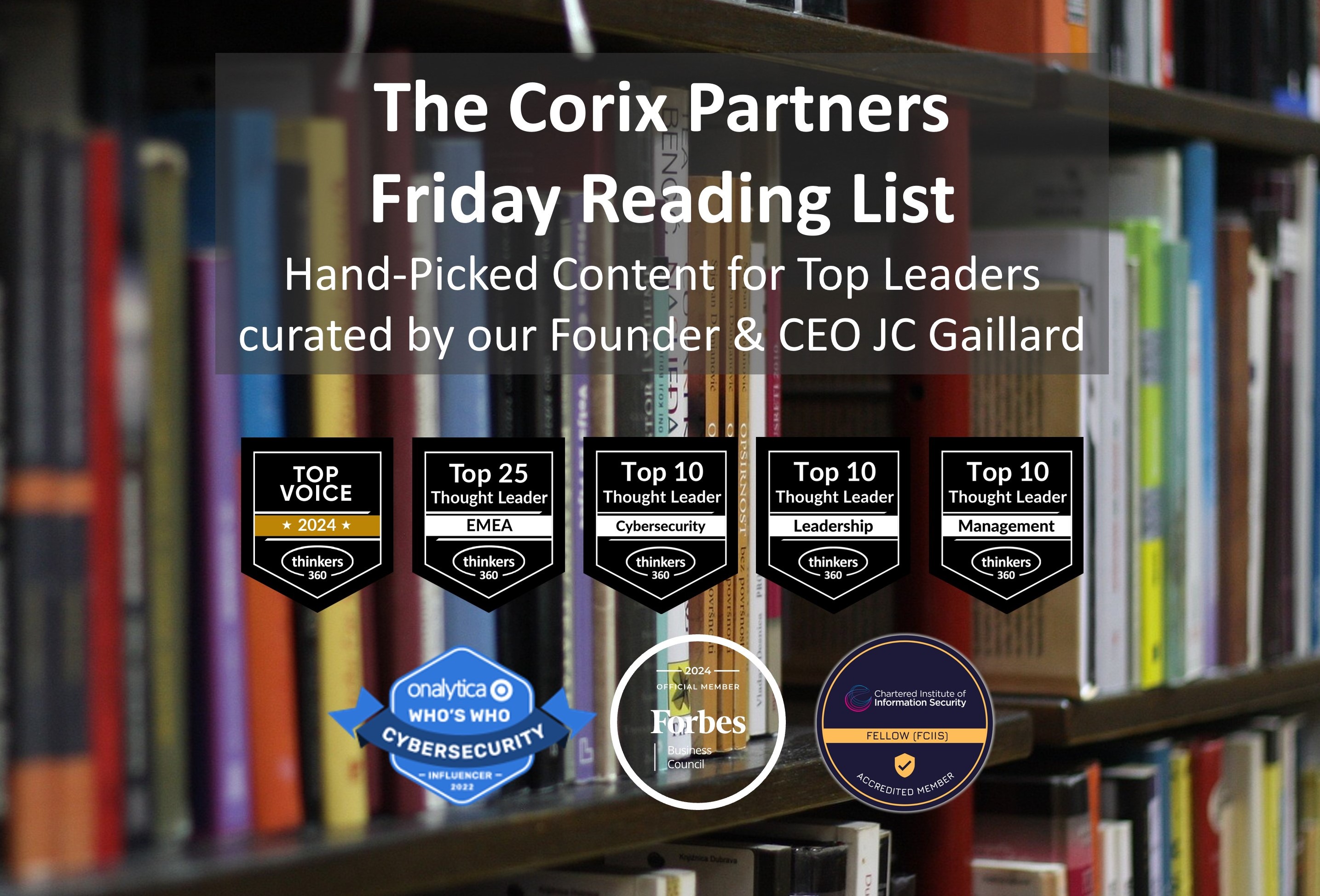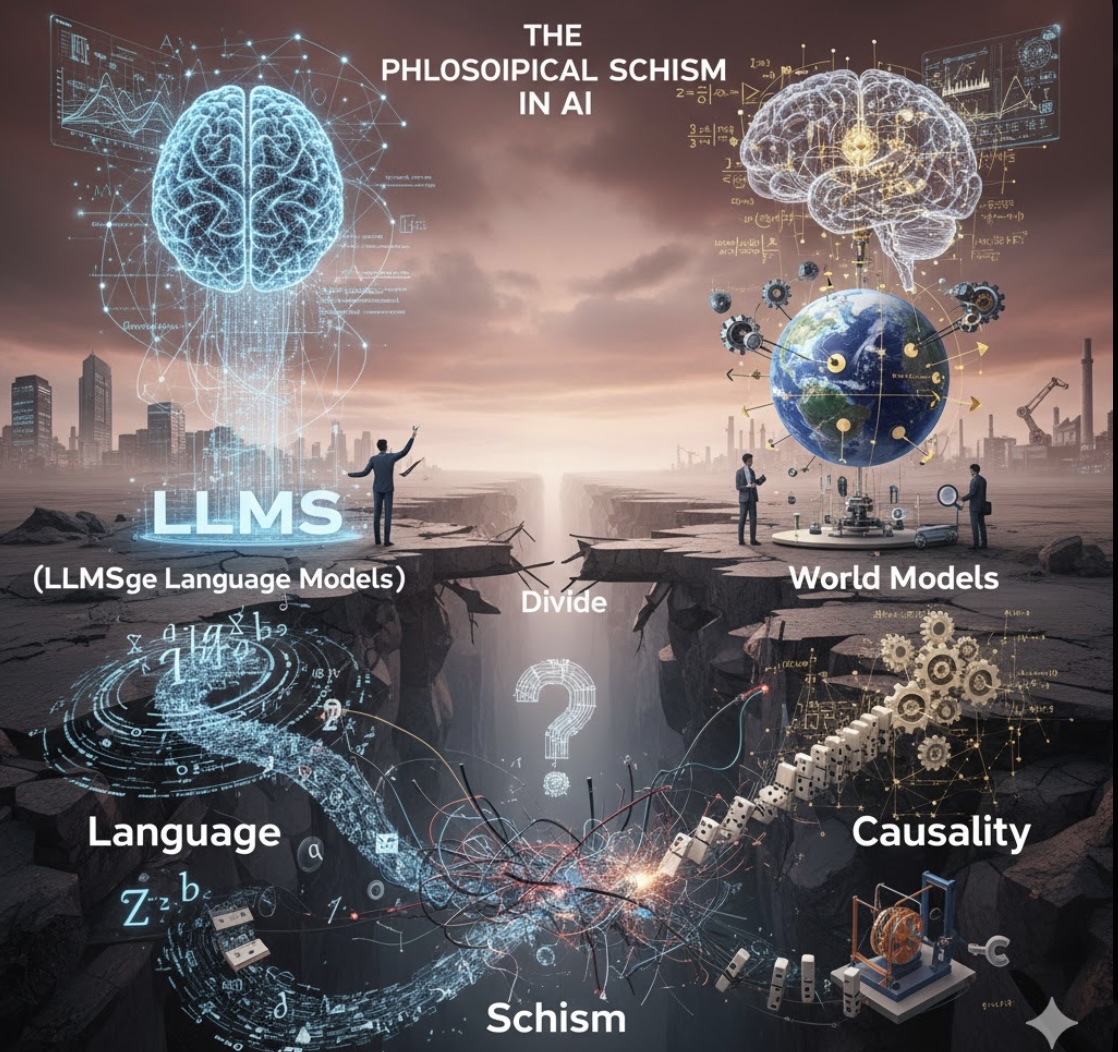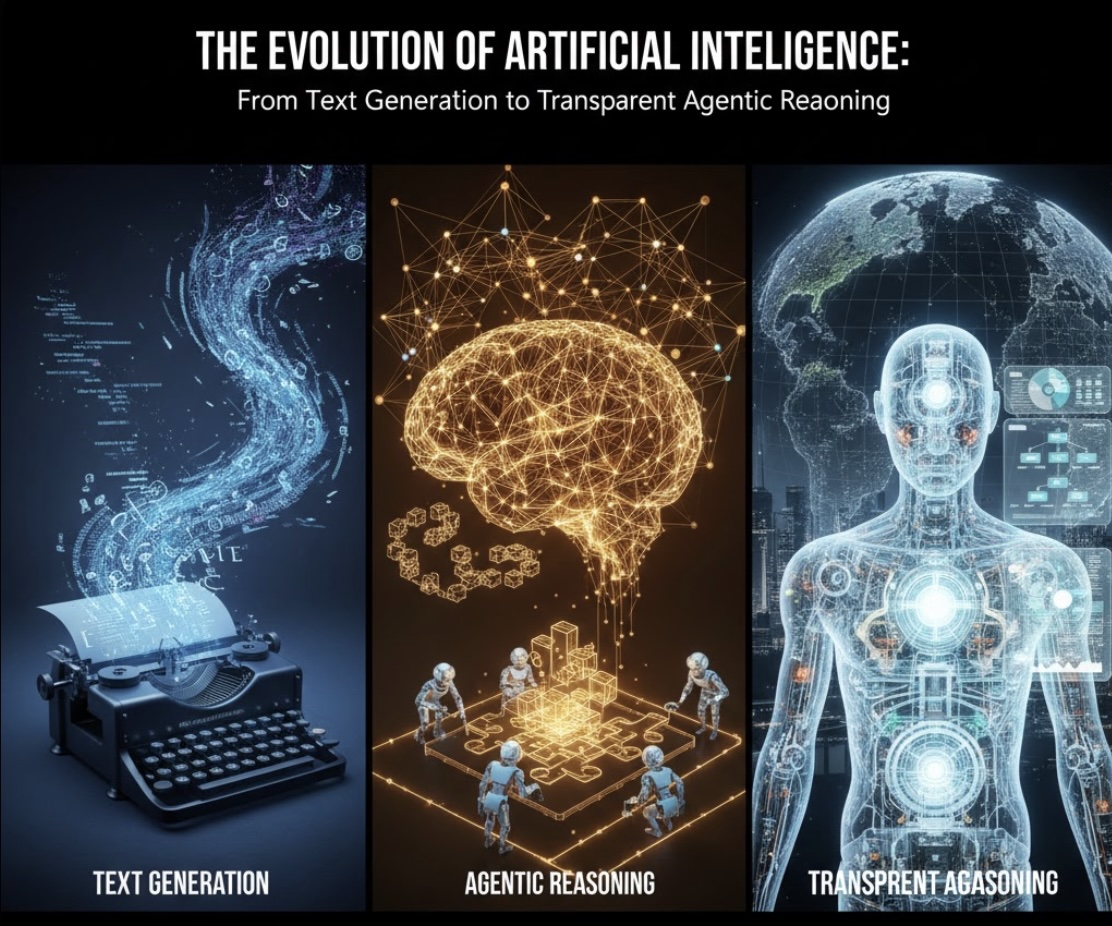
Successful AI integration that drives business change requires advanced technology in addition to strong leadership and a clear business strategy. By aligning AI initiatives with human-centric approaches, businesses can drive innovation while focusing on ethical and sustainable growth. Let's look at 3 recent articles on AI integrations and apply learnings generally across industries:
- Transforming Talent Acquisition with the Strategic Integration of AI
https://www.forbes.com/sites/johnwinsor/2024/05/01/transforming-talent-acquisition-with-the-strategic-integration-of-ai/
This article highlights a potential shift toward outcome-based hiring, taskification of duties to design the workforce for agility, skill-centric recruiting that aligns capablities with tasks. It also includes a Human-AI synergy casey study: "Consider the example of a global tech company that applied this model to revamp its customer service operations. The firm started with a clear outcome: to enhance customer satisfaction scores by 25% over 12 months. Breaking this down, one essential task identified was the rapid resolution of common technical issues. The company deployed AI to handle initial customer inquiries and routine problems, reserving human expertise for more complex issues and personal engagement. This blend ofAI efficiency and human empathy achieved the desired outcome and optimized resource use across the board."
- Navigating the ethical and legal risks of AI implementation
https://www.cio.com/article/2149672/navigating-the-ethical-and-legal-risks-of-ai-implementation.html
This article looks at various risks involved with AI implementation, giving insight into how to better approach AI. From the article: "Legal risks extend from non-compliance with various AI regulations and legislation.Ethical risks pertain to the broader societal and moral implications of AI use. Ethical risks often extend beyond legal compliance to include fairness, transparency, and the potential for AI to perpetuate or exacerbate existing inequalities.Reputational risk involves potential damage that
arises from perceived or actual misuse of AI. Negative public perceptioncan result in loss of customer trust and ultimately impact a company’s bottom line."
- The human side of generative AI: Creating a path to productivity
https://www.mckinsey.com/capabilities/people-and-organizational-performance/our-insights/the-human-side-of-generative-ai-creating-a-path-to-productivity
The article discusses how generative AI (gen AI) is expected to significantly increase its user base within organizations, allowing employees to focus on higher-level cognitive tasks. It highlights the importance of aligning talent strategies with the evolving work environment shaped by gen AI, emphasizing that organizations should prioritize flexibility, meaningful work, and relational factors over mere productivity gains to retain and engage their workforce. By doing so, companies can leverage gen AI to create more people-centric jobs, fostering innovation and improving overall job satisfaction.
Zooming out, this focus on the human-side of AI implementations tells the story of how actual functions and business roles are changing. Not only is AI going to assist humans, AI is fundamentally altering how to best structure leadership and business strategy.
By Dan Banas
Keywords: Analytics, AI, Business Strategy

 The Corix Partners Friday Reading List - November 14, 2025
The Corix Partners Friday Reading List - November 14, 2025 The best is in the middle: why the C-suite must be the top bun
The best is in the middle: why the C-suite must be the top bun The Philosophical Schism in AI: Language, Causality, and the Divide Between LLMs and World Models
The Philosophical Schism in AI: Language, Causality, and the Divide Between LLMs and World Models The Hidden Cyber War on Wheels: Why Electric Vehicles Have Become a National Security Concern
The Hidden Cyber War on Wheels: Why Electric Vehicles Have Become a National Security Concern The Evolution of Artificial Intelligence: From Text Generation to Transparent Agentic Reasoning
The Evolution of Artificial Intelligence: From Text Generation to Transparent Agentic Reasoning